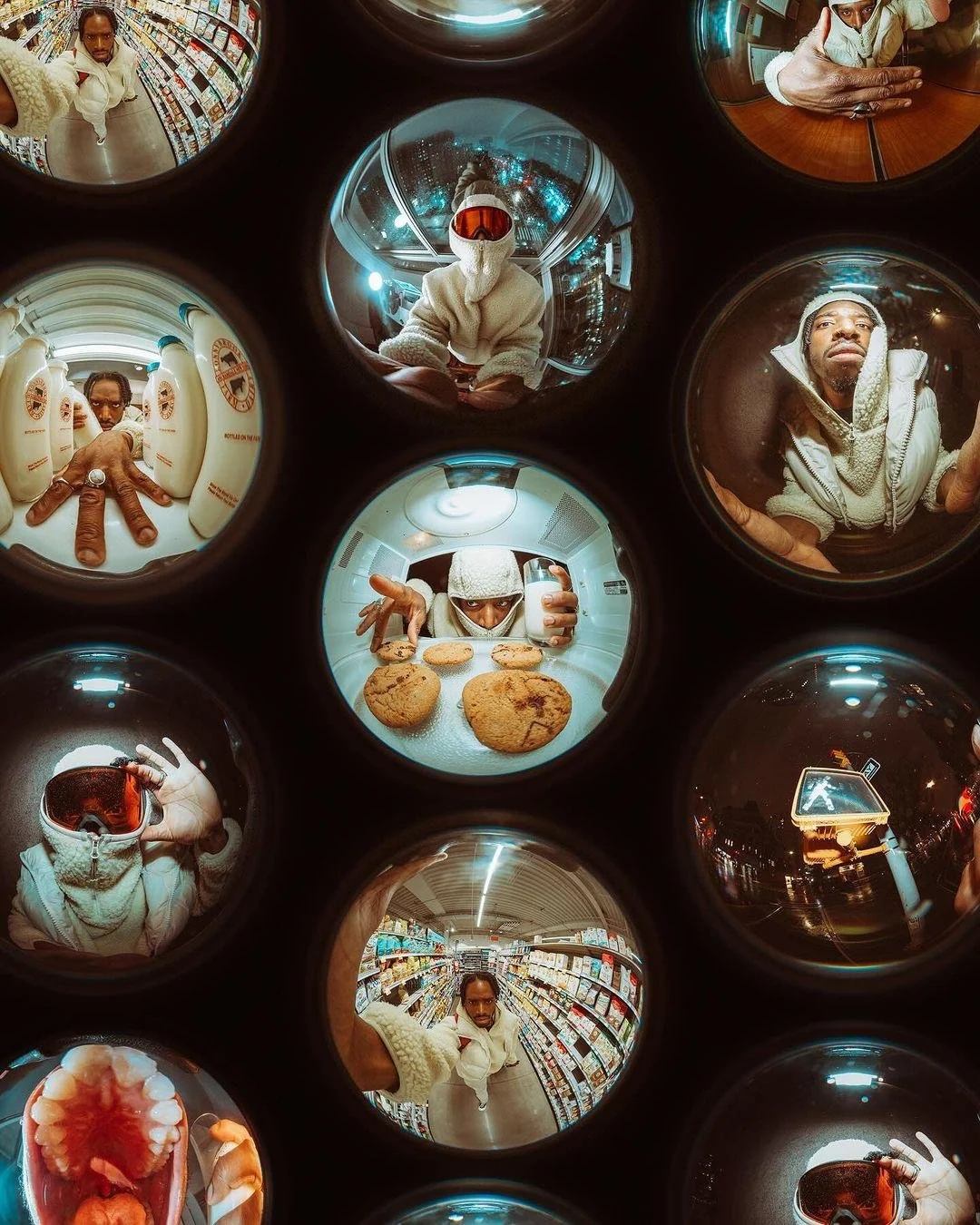What is an Omnichannel Ecosystem and How Can CPG Brands Transform Their Strategy?
In today’s world, consumers want a seamless experience wherever they shop—whether it’s online, in-store, or on social media. So, how can your CPG brand create that?
If you’re not sure how to connect the dots between your physical and digital platforms, it might be time to rethink your brand strategy for an omnichannel ecosystem.
Let’s break down what an omnichannel ecosystem is and explore how you can transform your strategy to create a unified brand presence across all platforms. Ready to dive in?
What is an Omnichannel Ecosystem?
Think of an omnichannel ecosystem as a connected experience where your customers can interact with your brand wherever they are—online, in-store, or on social media. The key? It all feels seamless. Whether they start browsing on your website and finish buying in-store, or discover your product on Instagram and pick it up in a grocery store, everything should flow naturally.
Are you giving your customers this kind of experience? If not, you’re missing a huge opportunity to build brand loyalty and trust.
Connect Your Digital and Physical Touchpoints
To create a strong omnichannel strategy, your digital and physical platforms need to work together like a well-oiled machine. Your customers don’t think in channels—they just want things to work smoothly.
Unified Branding: Does your brand look and feel the same across all platforms? Whether they’re browsing your Instagram feed, shopping online, or visiting your store, consistency builds trust. Your website and retail store should mirror each other, with the same tone, messaging, and visual identity.
Seamless Shopping: Make it easy for your customers to transition from online to in-store. Can they order online and pick up in-store (BOPIS)? Is it just as simple to find your product on your website as it is in their local grocery store? These small touches make a big difference.
Personalized Engagement: Are you using the data from your e-commerce site or social media to make your in-store experience better? If someone regularly buys your snacks online, how are you engaging with them in-store? Think about how you can make their journey feel personal no matter where they shop.
Use Data to Improve Customer Experiences
Data is your secret weapon to understanding what your customers want. When you track how they engage with your brand—online or in-store—you can make their experience smoother and more enjoyable. Are you tapping into these insights?
Track Consumer Behavior Across Channels: Are your customers discovering your products online but buying them in-store? Or are they adding items to their cart on your website but not completing the purchase? Use data to understand where they need more support, and make adjustments.
Create Personalized Offers: Do you know what your customers are looking for? Use their browsing and buying habits to create personalized offers that really hit home. If a customer is always checking out your personal care products, why not send them a discount or early access to new items?
Keep Measuring and Adjusting: Don’t stop once you’ve collected data. Keep tracking and refining your omnichannel strategy to make sure you’re meeting your customers where they are. Are you seeing more engagement online or in-store? Let the data guide you.
Communicate Clearly Across All Platforms
Communication is key when you’re creating an omnichannel experience. Is your messaging clear and consistent across every platform? Whether customers are on your website, chatting with you on social media, or shopping in-store, they should always get the same brand message.
Real-Time Inventory Syncing: How often have you seen something online, only to find out it’s out of stock in-store? That’s a frustrating experience. Make sure your inventory is up to date across all platforms, so customers know exactly what’s available and where.
Omnichannel Customer Support: Are your customers getting the same level of support whether they’re emailing you, messaging you on Instagram, or asking a question in-store? Make sure your team is aligned so that no matter where they reach out, your customers feel heard and taken care of.
Build a Consistent Brand Experience Everywhere
Customers expect more than convenience—they want to feel connected to your brand. Are you building that emotional connection through your omnichannel strategy?
Create Interactive Experiences: Could your digital experience be more engaging? For example, could you add interactive features like AR (augmented reality) to help customers visualize personal care or home goods products before buying? Think about ways to make the online experience more immersive.
Omnichannel Loyalty Programs: Are you rewarding customers no matter where they shop? Build a loyalty program that works both online and in-store, giving them incentives to stay loyal to your brand whether they’re purchasing through your e-commerce site or their local grocery store.
Conclusion
Creating a seamless, connected experience in an omnichannel ecosystem is no longer optional—it’s essential for CPG brands to stay competitive. By unifying your digital and physical touchpoints, using data to personalize the customer journey, and making sure your communication is consistent across every platform, you can build a brand experience that keeps customers coming back.
At Vanp Brand Studio, we help CPG founders transform their strategies to thrive in an omnichannel world. Whether it’s integrating your e-commerce with retail or designing a unified brand experience, we’re here to guide you every step of the way. Ready to create a seamless brand experience for your customers?

